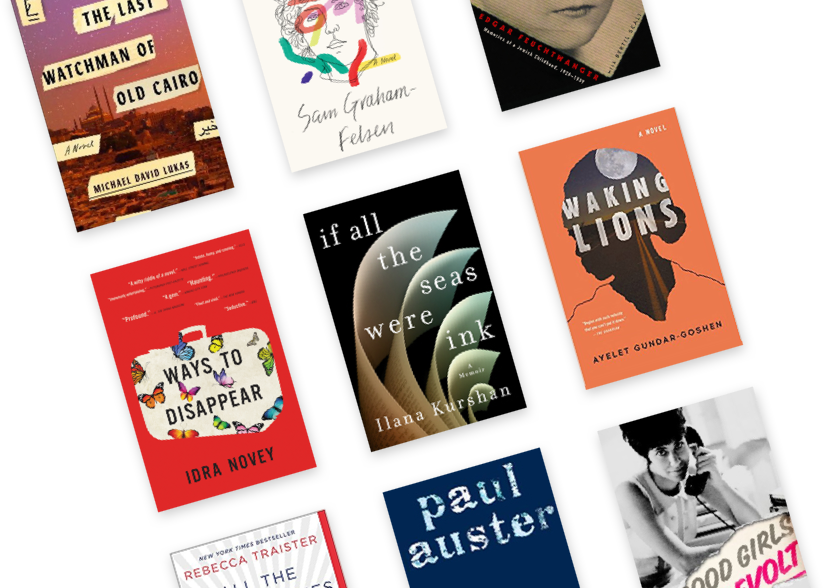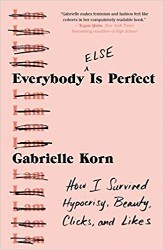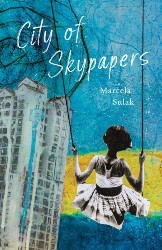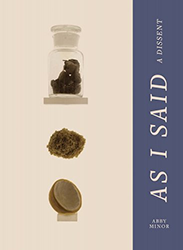Whether you owned an American Girl doll, read the novels based on their fictional lives, or were just aware of their impact on popular culture, An American Girl Anthology, edited by Justine Orlovsky-Schnitzler and K.C. Hysmith, provides a cohesive framework for exploring Pleasant Company’s dolls and their stories. At the crux of this collection of essays is a paradox: while the books address the effects of racism, class inequality, labor rights, and antisemitism, the dolls themselves are luxury items. At the same time that the marketing of American Girl dolls encourages materialism, the books criticize the inhumane pursuit of power — whether in the case of Addy Walker, whose family escaped slavery, or of Jewish Rebecca Rubin, who learns to stand up for oppressed garment workers.
The essays in this collection offer different perspectives. Some, for example Mackenzie Kwok’s “Ivy Ling, Corinne Tan, and Chinese American Misrepresentation in American Girl,” express intense disappointment at the erasure of a group’s experience, while others focus on the dedication of American Girl authors to telling uncomfortable truths about exclusion. In “’Nothing But Each Other and Hope’: Addy and the Black Feminist Tradition,” Cary Tide acknowledges some of the tensions inherent in exposing the horrors of slavery while sending a message of hope, but she praises author Connie Porter’s honesty and narrative skills. The depth of the collection gives insight into subjects that are less frequently discussed, including the sanitized picture of disability and the patronizing approach to different ethnic groups. In “Where Is My Disability Community?: A Comparative Close Reading of Children’s Historical Fiction,” Marissa J. Spear discusses the intersection of racial and ableist prejudice in her analysis of the Kaya books, about an Indigenous girl and her blind adopted sister. Spear also demonstrates that the Maryellen Larkin books, set in the 1950s, are historically accurate in representing the prevalence of polio in the pre-vaccine era, while giving the impression that a positive attitude would be enough to overcome a physical handicap in a world without accommodations.
Readers eager to learn about the Jewish doll Rebecca Rubin will not be disappointed. Two essays, “Caught Between ‘Jewish’ and ‘American’: Rebecca Rubin and the Americanization of the Jewish Immigrant Experience” by Samantha Pickette, and Rebekkah Rubin’s “’Maybe I Could Be Part of the Story Too’: Making Meaning and Understanding Jewish Identity through American Girl,” examine her. The introduction of Jewish historical dolls to this series, which had featured celebration of Christmas for every previous character, was a dramatic change in perspective. Both essays avoid a purely celebratory evaluation, but nor do they minimize Rebecca’s significance. Acclaimed author Jacqueline Dembar Greene engages with labor history, antisemitism in the public school system, and the pressures on Jewish immigrants to abandon religious traditions. Both essays point to the discordance between the Jewish content of the novels, and the Rebecca outfits and accessories, which communicate reluctance towards unambiguously Jewish material culture: generic candlesticks for Rebecca’s parlor hardly convey the importance of Shabbat observance to her family. Other essays in the collection also allude to Rebecca. Mary M. Burke’s “How the Irish (Doll) Became White: The Nellie O’Malley AG Story Arc,” reveals the fascinating detail that the Nellie doll, based on Samantha’s Irish friend, shares an “ethnic” face mold with both Latina Josefina Montoya, and Jewish Rebecca Rubin.
The histories of doll play and fiction for children, infused with a contemporary feminist perspective, make this anthology essential. American women, and other interested readers, will indeed find ourselves in the collection.
Emily Schneider writes about literature, feminism, and culture for Tablet, The Forward, The Horn Book, and other publications, and writes about children’s books on her blog. She has a Ph.D. in Romance Languages and Literatures.





